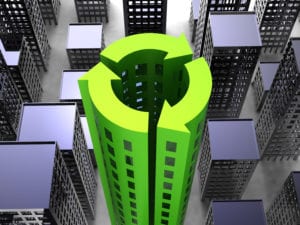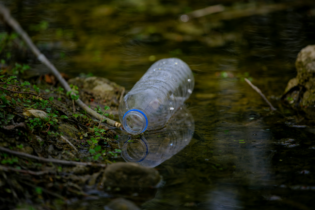With the concept of ‘circular business model’ still new, many are asking if it is necessary? And how does it differ from a linear economy?
Research undertaken by global consultancy Kearney has revealed that leaders who applied the same circular initiatives into their business models are outperforming traditional rivals. “Is it necessary? Short answer is yes,” explains Prashaen Reddy, energy and process industries specialist partner at Kearney. “Our demand and needs are starting to outweigh our current resources. Circular economy comes down to the way we transform the way we do business, create goods and services to preserve the world around us.” A linear economy is characterized by unsustainable processes, excessive pollution and resource scarcity as raw materials are mined, processed into a product, and then thrown away. To help ensure a future where there is enough raw materials and other necessities, all businesses will need to shift and create an economy that becomes circular. In this kind of practice, circular economy redefines economic growth moving away from a ‘take-make-waste’ model to one that aims at eliminating waste and the continual use of resources. The South African government has implemented this new movement into different sectors of our economy, for example the introduction of the South African (SA) Renewable energy IPP Procurement programme. This tender process was designed and implemented to facilitate private sector investment into grid-connected renewable energy (RE) generation in SA. In the budget speech delivered in February this year, government spoke to three energy projects that have been gazetted which will be supported through private sector investment to the value of R52.4 billion. In September last year the second big ‘circular economy’ initiative saw cabinet approve the National Waste Management Strategy 2020 which aims at promoting the waste hierarchy and circular economy principles, while achieving both socio-economic benefits and the reduction of negative environmental impacts.Simply put, a circular economy is achieved by implementing the 3R approach: reduce, reuse, and recycle which is built on three key principles:
- Design out waste and pollution.
- Keep products and materials in use.
- Regenerate natural systems.








